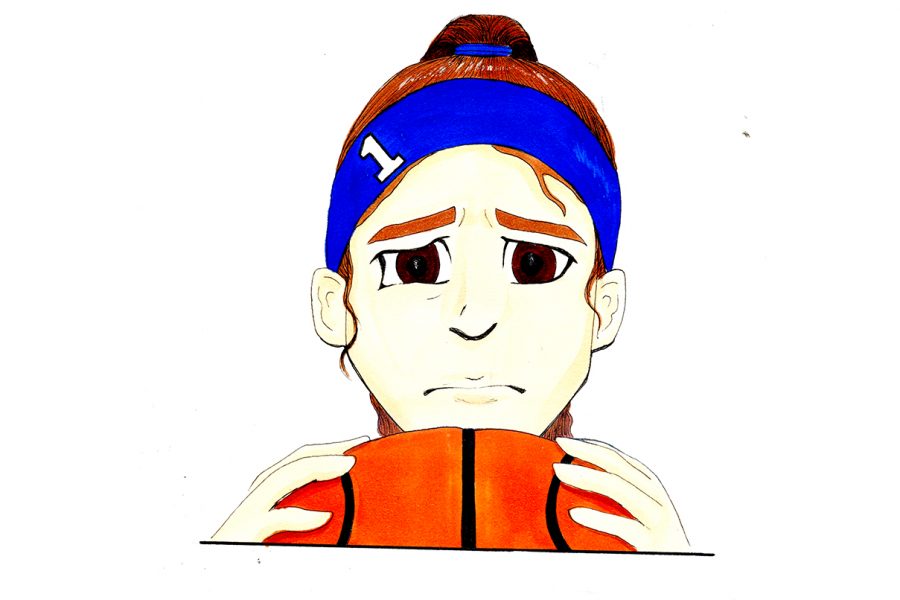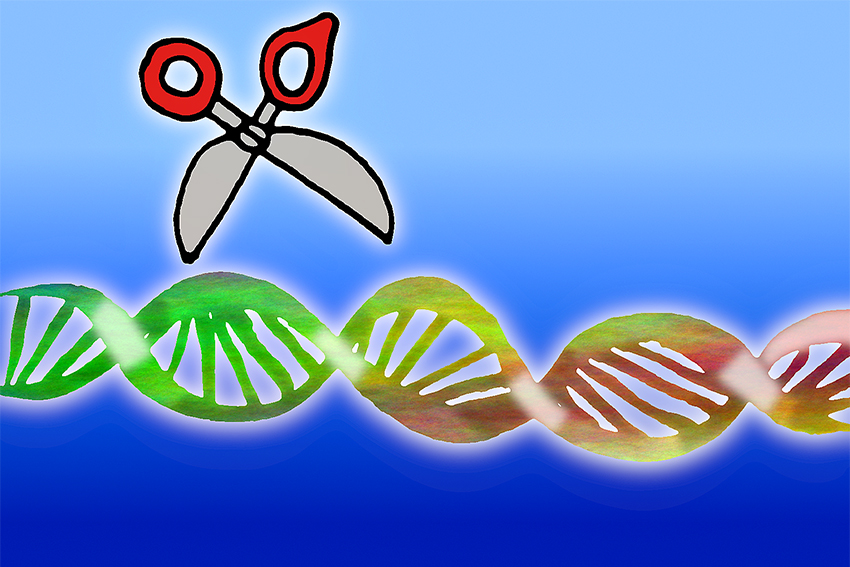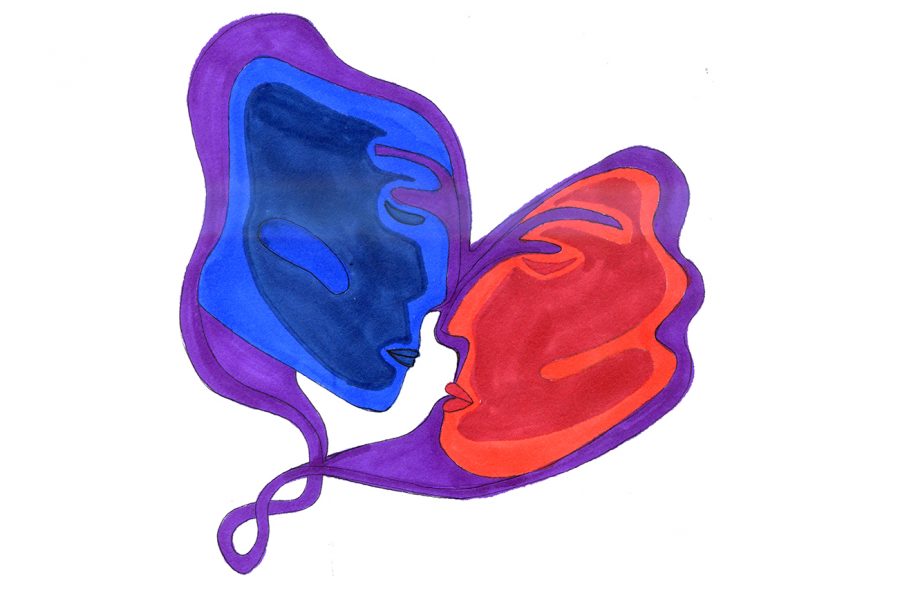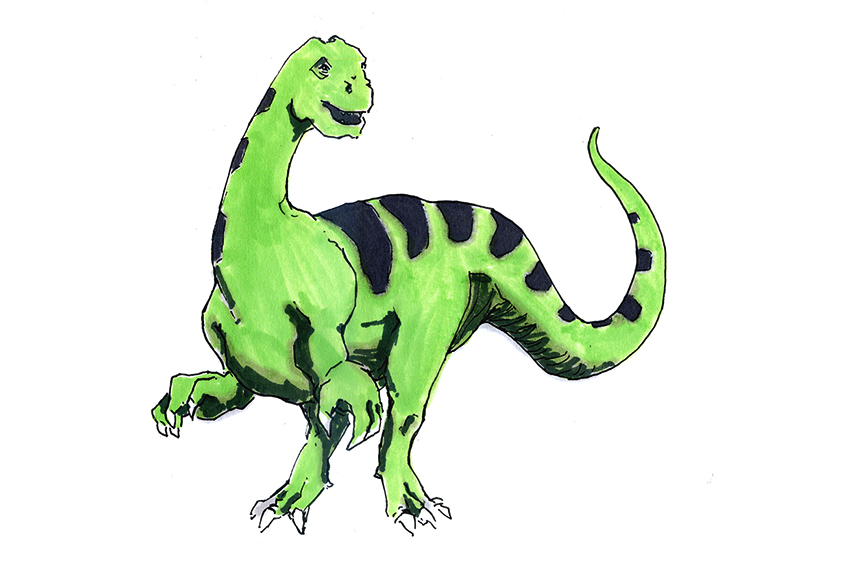Scientists are using brain-munching, mind-controlling flies to “zombify” and kill invasive fire ant species. This past weekend, Dr. Robert (Rob) Plowes, a research scientist in the Department of Integrative Biology, gave the 115th Hot Science-Cool Talk called “Fire Ants, Crazy Ants & Zombie Ants” which detailed the process.
“I wonder how many of you believe that zombies exist,” Plowes said. “Hopefully by the end of this talk, I will have convinced all of you that zombies do exist.”
The red imported fire ant poses a significant challenge as an invasive species. It causes $1.2 billion per year of economic damage to Texas alone and infests about 80 million acres of rangeland, Plowes said.
“We’re concerned about (the ants’) impact on native species and their potential to disrupt food webs,” Plowes said. “Very few native ants are left.”
The tropical fire ant, opposed to the red imported fire ant, is a native fire ant in Texas, but most people don’t consider them a pest.
Plowes said people can’t use mechanical devices or chemicals to kill the red imported fire ant. In order to control the fire ant, scientists have imported biological agents from South America called phorid flies, which are natural parasites to fire ants.
“We went down to South America and brought up four species (of flies), and we bred them in this massive ant chamber,” Plowes said. “You can think of it as a zombie breeding zone.”
The phorid fly uses the injection stinger on its rear end to squirt an egg into the shoulder joint of a fire ant. That encounter lasts for about 1/60th of a second, Plowes said. Plowes described this phenomenon as a duck trying to lay an egg on the back of a pick-up truck moving down a highway. In other words, it’s tricky.
If the phorid fly succeeds, the egg develops into a maggot, which wiggles up into the ant’s head. After a couple of days, the maggot will start to feast upon the ant’s head tissues. It mainly feeds on the ant’s jaw muscles, causing “zombie-like” dangling jaws.
After two weeks, the developing fly is able to manipulate the ant’s motion and becomes a little zombie worker by having the ability to control the ant’s movement from the inside.
The ant, now moving like a lifeless zombie driven by the phorid fly, will then leave the nest and finds somewhere that is safe, normally in a dark area around five to 10 yards away from the nest, Plowes said. At that point, the fly will release an enzyme that will cause the ant’s head to fall off. The head will act as a capsule for the fly for another two weeks, after which the fly will exit the ant’s mouth.
Plowed said this process, the biocontrol of ants with phorid flies, can kill up to 3 percent of its workers and cause an indirect effect of up to 50 percent reduction in gathering food.
Overall, phorid flies cause slower fire ant colony growth, which leads to stronger native ant communities.





















